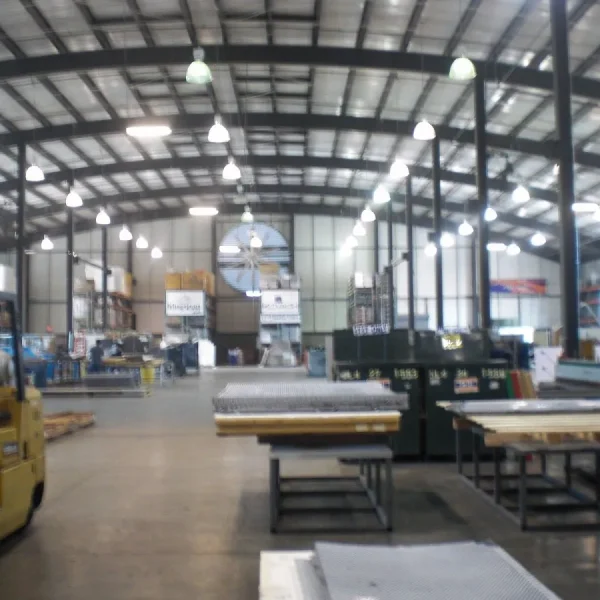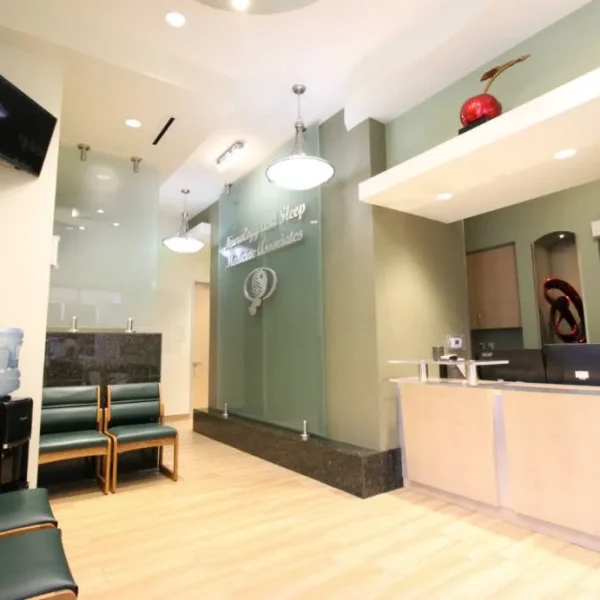- +1 602.427.8353
- [email protected]
- Mon - Fri: 8 AM - 5 PM (MST)
In the past, the traditional methods of construction such as Design-Bid-Build have been mostly unsuccessful in delivering environmentally sound projects.These methods were mainly developed to respond to mass production of buildings rather than addressing the sometimes negative aspects of the environmental impacts. Since buildings have a major role in reshaping the environment and they consume a large amount of energy, it is essential to review the traditional construction method and consider the existing site,since it would have once been a part of the natural environment.We should examine the purpose of the proposed project and ensure that its construction and operation would have minimum impact on its surroundings, leaving it as undisturbed as is healthy, reasonably wise, and possible. We should harmonize the proposed project according to needs by providing expertise to support owners in the course of decision-making,and most importantly, to facilitate the education of users after occupancy, along with monitoring operations and maintenance of the facility.
From inception to occupancy, as an educational means, it will be advantageous to provide owners with such information in their projects, and to gain their participation in planning and programming stages, so as to develop a comprehensive path towards realization of a sustainable project. It is also recommended to explore green ideas and alternatives with owners as an educational tool and as an integral part of project design.
In response to such a necessity, it is advisable to create an advisory team consisting of ecologists, planners, architects, landscape architects, civil engineers, mechanical and electrical engineers, and other such professionals. The mission is to evaluate a sustainable project, its viability, and its realization, while also monitoring its performance after occupancy. The goal is to educate owners about their project and explore appropriate solutions to foresee and remediate any negative environment impacts.
Green Project Architects, PLLC will be a consulting professional resource for owners and developers. After the preliminary contact with the owner, an interactive conference call meeting online will be scheduled. In order to clarify and understand the client’s vision and goals, it is necessary to interview the project owners. During the preliminary session the project team will seek to understand the motivation and the requirements of the owners, as well as seeking to explore different rating systems and other related topics.
At the completion of the interview process, a designated team gathers and analyzes information. We will then identify and synthesize available options, alternatives and strategies so as to propose an effective, logical design approach,while producing a detailed feasibility study. The following step will be initiating parameters for developing a green program, prioritizing wantsversus needs, minimizing negative impacts of building and of site improvements, determining Owner Project Requirements, and establishing the final Base of Design. Assembling a green program creates a strong base to initiate a coherent and a responsive design.The team should implement sustainable programming measures to realize a healthy environment for present and future generations.
Alack of education, a reluctance to change repetitive and unsustainable habits, reluctance to change the way we used to build and the way codes and zonings are prescribed all combine to make for still-present obstructions to achieving sustainable projects. However, exploring green ideas, as well as the implementation of sustainable measures and their applications all lead to rewards for project owners and the environment alike. These measures will ensure the proper function of the environment while also sustaining activities for people and creating desirable environments in which to live and work.
We need to see the environment as being urgently worthy of our diligent focus and stewardship. We must harmonize our style of life with the natural environment and integrate our buildings into natural contexts, rather than depleting the environmentin any unnecessary ways. Since nature is offering us abundant energy and resources, for its benefit and ours, we should make the most use of these assets, creating interdependency between building and the natural environment.


1.Professional consulting resource: Green Project Architects
Mission Statement: Design for The Environment and Integrate Project with the Natural Environment.
2.Team Members will consist from the following list of professionals and they should all be entitled Certified Sustainable Building Advisor, LEED AP, or as having interest for building green project/”Thinking Green.”
2.All professionals meet together for a brainstorming meeting and an extensive study session.
3.Meeting the owner, providing a detailed report, and providing a feasibility study for proposed project
4.With owner’s consent, initiate to assemble a green program:
For a successful sustainable project, it is essential to keep on designing per an established green program and NOT programming per design, because the latter will defeat the purpose of a sustainable project, create confusion and inefficiency, and increase the costs of the project, which then is inconsistent with the purpose of sustainability. We have to spend resources wisely, with caution, and where it is necessary, so that we are spending a minimum for a maximum usage and benefit. Asa result, the project becomes profitable.
5.Implication of Integrated Project Design and Delivery (which is a collaborative alliance of people, systems, business structures and practices into a process that harnesses the talents and insights of all participants to optimize project results) increases value to the owner, reduces waste, and maximizes efficiency through all phases of design, fabrication, and construction.
6.Administrative procedure and signing the contracts.
7.Commencement of the design and construction
8.Post-occupancy, user’s education and monitoring operations, and maintenance of the facility.

Ready to embrace sustainable design? Contact us today to discuss your project and start building a greener, more sustainable future.

At Green Project Architects, we are dedicated to creating sustainable, innovative, and environmentally conscious solutions for a greener and healthier future.


